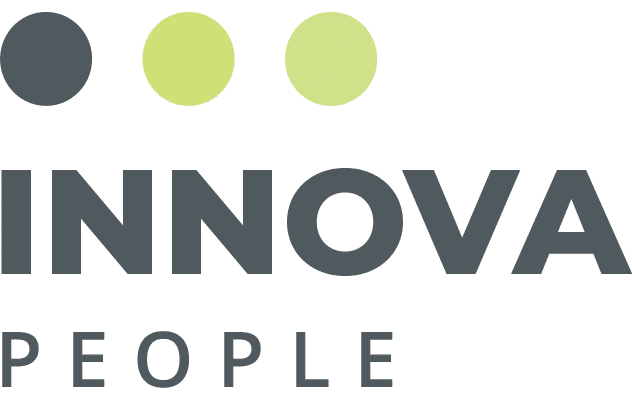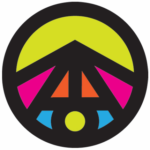PLANO, Texas – INNOVA People, a Starfish Partners company, is proud to announce the launch of INNOVA Healthcare and INNOVA Tech staffing practice areas.Leveraging decades of expertise in healthcare and technology staffing and merging the staffing divisions of INNOVA People and Direct Recruiters Inc., the newly formed staffing specialty areas broaden the spectrum of talent acquisition and consulting services. This newly formed staffing powerhouse offers comprehensive solutions, including contract, contract-to-hire, and temporary placements. By expanding and launching the INNOVA Healthcare and INNOVA Tech specialized teams, INNOVA People will deliver best-in-class customized staffing services encompassing consulting, sourcing, identifying, acquiring, onboarding, and retaining top-tier professionals to top-tier organizations.
Joel Slenning, founder and Managing Partner of INNOVA People shared, “After investing significant time getting to know each other, it became obvious that this was the right move for INNOVA People. Dan Charney and Frank Myeroff of Direct Recruiters were the perfect people to build a strategic partnership with and grow our two businesses together as one. With the tenured expertise that the Direct Recruiters team brings to the table, and INNOVA’s very progressive, technology-driven, workforce solution offering I am confident that we have made a sound decision for both organizations and am excited about bringing our teams together and serving our health system clients made possible only through this collaboration.”
To further enhance and support team growth, INNOVA People has also expanded to include offices in Ohio, complementing its original offices in Oregon. Operating throughout North America, INNOVA People will expand its footprint to sourcing supplementary talent for the healthcare and technology sectors. CEO Joel Slenning, drawing from over two decades of experience, alongside the INNOVA People team, will leverage their distinctive technology stack and artificial intelligence platform, which have cemented the firm’s reputation as a crucial staffing ally for the healthcare and technology industries.
“We have diligently been searching for the right firm to merge our existing staffing business with since the inception of Starfish Partners. Joel Slenning and INNOVA People are the ideal partner based on their existing footprint in the hospital IT space. Additionally, their expertise in several other areas of hospital staffing will allow us to become a complete solution for our clients. Frank Myeroff, Practice Leader and Managing Partner of the Direct Recruiters existing staffing group will work closely with Joel to continue to grow this division for Starfish across leading medical centers and several other strategic markets that we have identified,”shared Dan Charney, President and CEO of Direct Recruiters, Inc.
In 2023, Starfish Partners, an international investment and ownership platform for niched professional and mid- to upper-management search specialists, announced the acquisition of INNOVA People, an Oregon-based firm that works across North America placing supplemental talent in the healthcare and technology industries.
Learn more at www.innovapeople.com.
Starfish Partners provides capital for recruiting firms looking to scale, as well as exit strategies for owners seeking to secure value for their firm in cash and/or stock. It also provides liquidity and the ability to monetize some value while simultaneously providing equity opportunities for key producers and leaders. The collective revenues of Starfish Partners will exceed $300 million annually while continuing to pursue aggressive growth through a variety of mergers, acquisitions, and capital infusion activities.
Learn more at www.starfishpartners.com.




